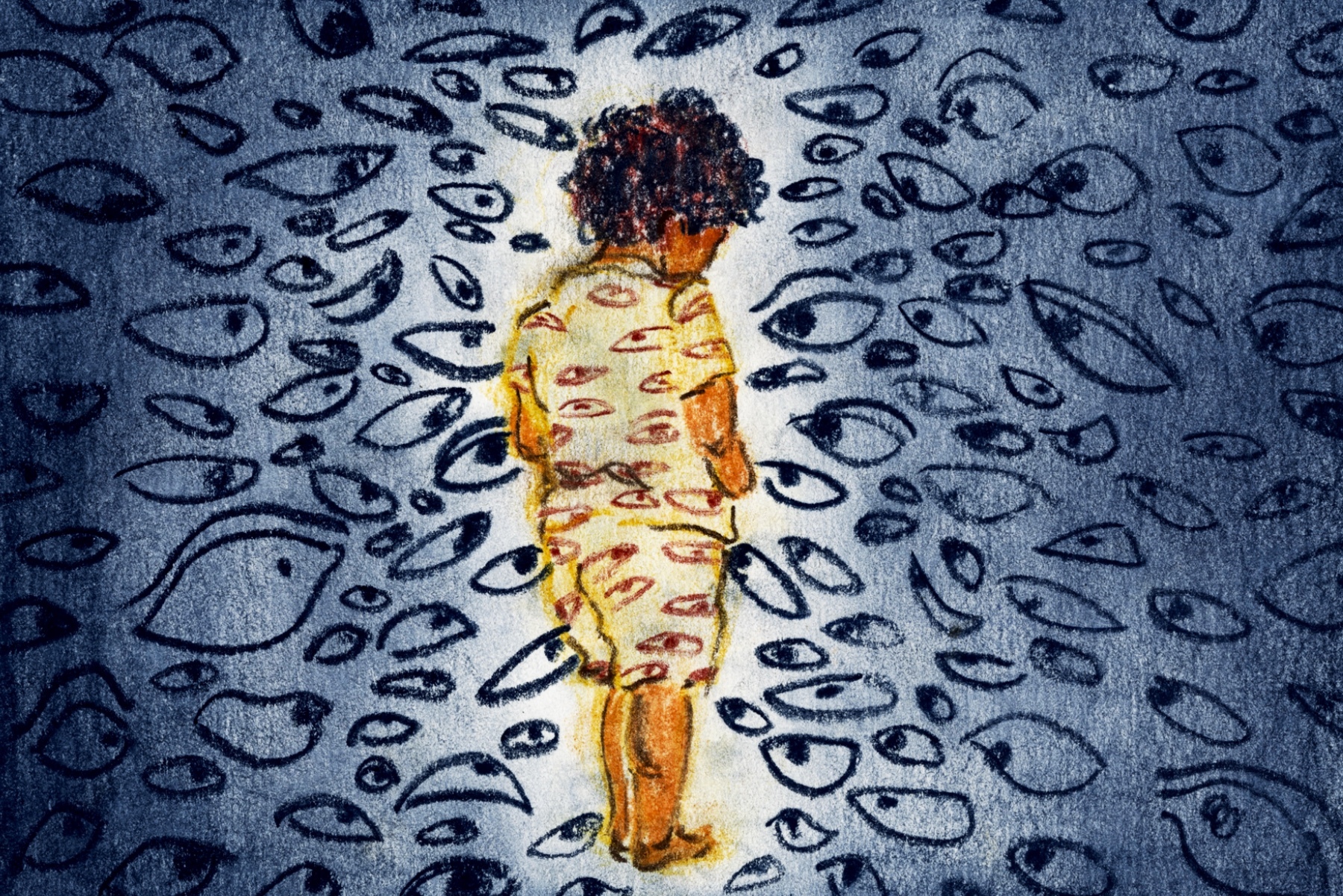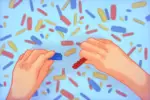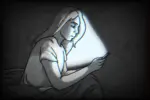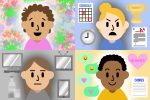In a clip from a 2020 livestream, rapper Too Short shared his controversial opinion on mixed-raced babies, stating, “You can take the two ugliest muthaf—as from different races and they f— and make a baby, and that baby just be beautiful.” His ignorant remarks were met with immediate backlash and he quickly apologized when the clip went viral in 2021. Despite his apology, the rapper’s perception that mixed-race children are inherently attractive represents a wider problem that’s been brought to light, mostly due to social media.
A tweet posted in 2017 reflects Too Short’s troubling views. Featuring a picture of a young mixed-raced girl, the post’s caption read, “If you’re a black man hmu I’m tryna have kids like this.” Some might argue this is a harmless joke, but tweets like these have sparked conversations online about exoticizing mixed-race kids. This phenomenon is more common than we think, evident from comments on social media like “I just want biracial babies.” However, it’s not just individuals who perpetuate these harmful ideas.
Entire pages online are dedicated to mixed-race children. MixedRaceBabiesIg is an Instagram page that uploads images of multiracial children to over 200,000 followers. The children featured on this page are adorable, which everyone in the comments agrees on. However other comments echo Too Short’s views that multiracial kids are inherently attractive, treating them like a rare animal species. The kids are frequently praised for “exotic” features such as light eyes, curly hair texture and caramel skin complexion.
An article from moms.com further demonstrates the strange obsession with biracial children, and the opening paragraph reflects concerning, yet pervasive beliefs:
“The fascination with mixed-race children seems to be at its peak thanks to social media and the spread of loving all beings. The gorgeous combination of different cultures and ethnicities creates beautiful babies with stunning features; features many adults are finding themselves being jealous over. But it’s not just the fact that these children are beautiful beyond compare, it’s further proof that love knows no bounds…Below are 10 boys and girls [that] are becoming Insta-famous thanks to their blended looks.”
Essentially, there’s nothing wrong with cooing over cute kids who happen to be multiracial. But when you deem these children cute because they’re mixed-race, that’s when issues take root and colorism blossoms. Moms.com may not say mixed children are inherently attractive, but their excessive interest in them is evident through the language they use: “gorgeous combination,” “stunning features,” “beautiful beyond compare” — it’s riddled with exoticism.
These descriptions are found in the first paragraph alone and the article frequently mentions the children’s exotic, stunning features, displaying their pictures like specimens behind a glass enclosure. The blog even mentions these mixed kids are viral sensations simply because of their “blended looks.” Even if it’s unintentional, moms.com also maintains the idea that every biracial baby has a perfectly blended look. This can be especially damaging to multiracial children who don’t fit into this exemplary standard social media has developed.
Take for example Khloe Kardashian’s biracial daughter True, whose slightly darker skin tone led to appalling comments online. An Instagram post with True alongside her two cousins saw people comparing the three babies’ complexions. One comment ranked the babies in order of “cuteness” with True coming in last place, all while maintaining the babies were all beautiful. A Twitter comment took it even further by saying, “I hate that True is so dark. The other two are a nice mix….[True’s] a cute kid just too dark.” These comments are festering with colorist views, and the fact that not all mixed kids fit into the idealized “look” makes the exoticization of mixed-race children so damaging.
Despite the display of biracial kids with curly bushes of hair, huge colored eyes and caramel complexions, mixed children don’t have a single specific look. A person with one white parent and one Asian parent can look fully white, Asian or both and the same goes for any mixture of races. It all comes down to genetics. Even biracial children who are half white and half Black can have skin tones that range from very light or pale to dark brown.
Mixed kids who don’t have both a Black parent and a white parent are often left out of the conversation about exoticization since the term is seemingly exclusive to them. However, it doesn’t mean this exoticization doesn’t happen to other biracial people as well. It goes without saying that a biracial person who is half white and half Asian is just as mixed as an individual with two parents of color from different races. This speaks to how embedded preconceived notions of mixed-race children are in the general public.
When these mixed kids pages and posts became increasingly popular online, some people responded by creating pages devoted to displaying dark skin children. Although the creators hoped this would combat the blatant colorism they witnessed online, posting dark skin children is arguably not a good idea either. Though meant to be a positive gesture, appreciating other complexions and calling out colorism can be done without using children. These posts pit brown or dark skin children against mixed raced children, which leads to further division within the community. It also doesn’t feel right to use babies or toddlers to address larger social issues. Children should be left out of these conversations entirely.
Nothing’s wrong with the parent of a biracial child adoring their child’s beauty, so long as it’s not simply because they are biracial. Nothing is wrong with imagining what babies will come from your own interracial relationship, as long as you don’t believe your babies will be inherently more attractive. People whose entire purpose in life is to have biracial babies should reevaluate themselves. Experiences of biracial children go beyond appearance, as their self-identity in the midst of two cultures and ethnicities may become unstable. And if a parent is more concerned about their mixed-race child’s appearance, how will they react when their child doesn’t have the idealized look?
Social media shrines devoted to mixed kids have perpetuated damaging ideas, but really it’s a reflection of what our own society believes. Fortunately, as people have been exposing these harmful ideas through Twitter threads, YouTube videos and articles, pages dedicated to mixed-raced babies have become less popular. Hopefully the pervasive beliefs that led to these platforms’ popularity will also come to an end.
















